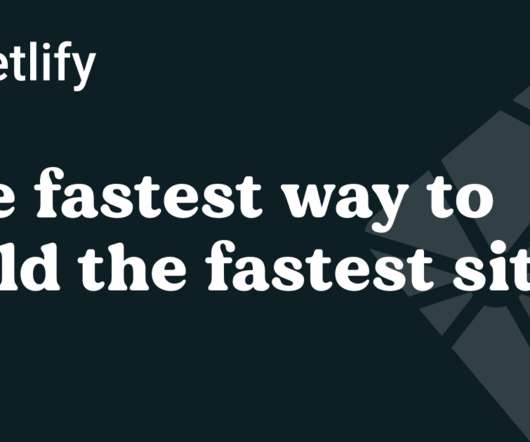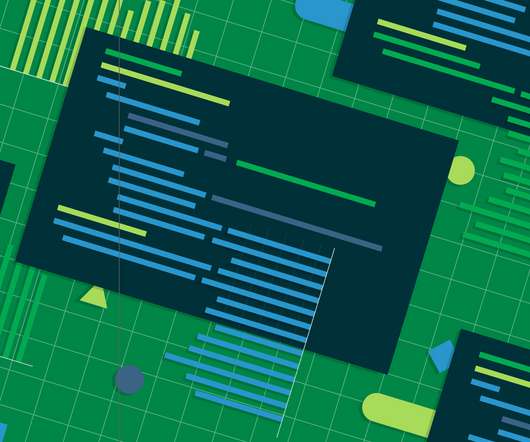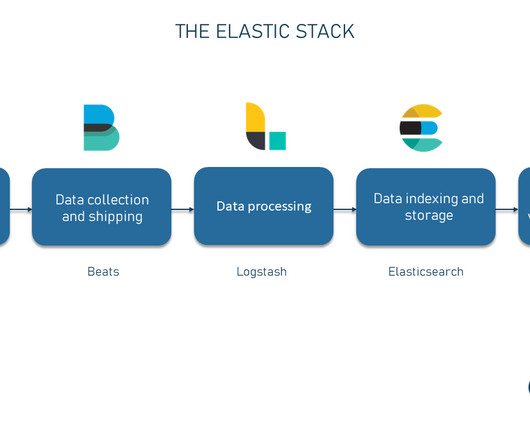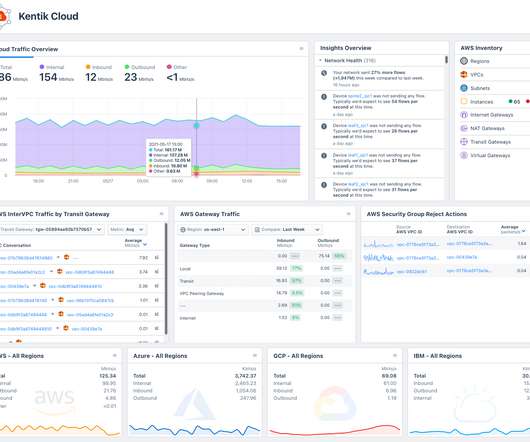Load Balancer Service Degradation, March 25, 2021
Netlify
APRIL 2, 2021
On March 25, 2021, between 14:39 UTC and 18:46 UTC we had a significant outage that caused around 5% of our global traffic to stop being served from one of several load balancers and disrupted service for a portion of our customers. At 18:46 UTC we restored all traffic remaining on the Google load balancer. What happened.





























Let's personalize your content